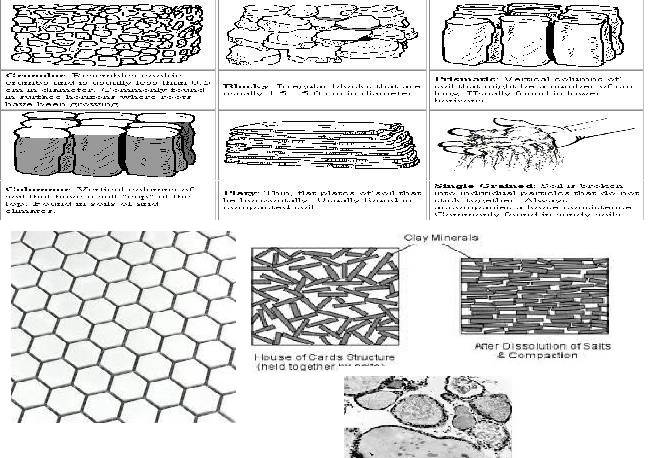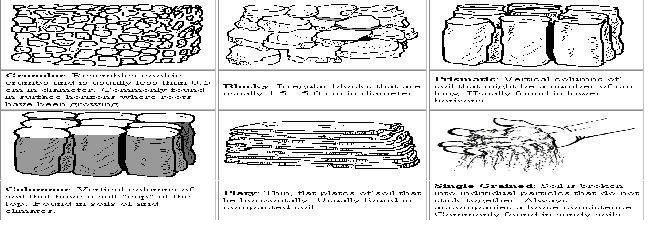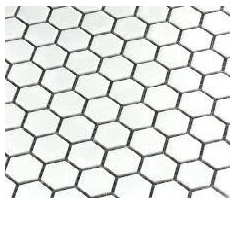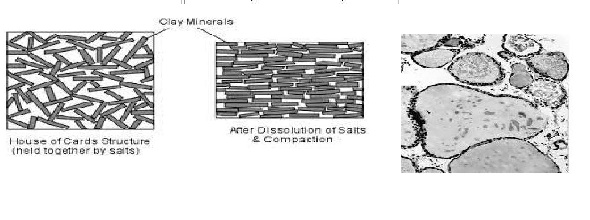Chapter: Civil : Soil Mechanics : Soil Classification And Compaction
Structure Of Soils

STRUCTURE OF SOILS
The 'structure' of a
soil may be defined as the manner of arrangement and state of
aggregation
of soil grains. In a broader sense, consideration of mineralogical composition,
electrical properties, orientation and shape of soil grains, nature and
properties of soil water and the interaction of soil water and soil grains,
also may be included in the study of soil structure, which is typical for
transported or sediments soils. Structural composition of sedimented soils
influences, many of their important engineering properties such as
permeability, compressibility and shear strength. Hence, a study of the
structure of soils is important.
The following types of structure are commonly studied:
(a) Single-grained structure
(b) Honey-comb structure
(c) Flocculent structure
1 Single-grained Structure
Single-grained
structure is characteristic of coarse-grained soils, with a particle size
greater than 0.02mm. Gravitational forces predominate the surface forces and
hence grain to grain contact results. The deposition may occur in a loose
state, with large voids or in a sense state, with less of voids.

2 Honey-comb Structure
This
structure can occur only in fine-grained soils, especially in silt and rock
flour. Due to the relatively smaller size of grains, besides gravitational
forces, inter-particle surface forces also play an important role in the
process of settling down. Miniature arches are formed, which bridge over
relatively large void spaces. This results in the formation of a honeycomb
structure, each cell of a honey-comb being made up of numerous individual soil
grains.

The
structure has a large void space and may carry high loads without a significant
volume change. The structure can be broken down by external disturbances.
3 Flocculent Structure
This structure is characteristic
of fine-grained soils such as clays. Inter-particle forces play predominant
role in the deposition. Mutual repulsion of the particles may be eliminated by
means of an appropriate chemical; this will result in grains
coming closer together to form a
'floc'. Formation of
flocs is 'flocculation'. But the flocs tend to settle in a honeycomb structure,
in which in place of each grain, a floc occurs. Thus, grains grouping around
void spaces larger than the grain-size are flocs and flocs grouping around void
spaces larger than even the flocs result in the formation
of a 'flocculent' structure. Very fine particles or

particles
of colloidal size (< 0.001 mm) may be in a flocculated or dispersed state.
The flaky particles are oriented edge-to-edge or edge-to-face with respect to
one another in the case of a flocculated structure. Flaky particles of clay
minerals tend to from a card house structure (Lambe, 1953), when flocculated.
When inter-particle repulsive forces are brought back into play either by
remoulding or by the transportation process, a more parallel arrangement or
reorientation of the particles occurs, as shown in Fig. This means more
face-to-face contacts occur for the flaky particles when these are in a
dispersed state. In practice, mixed structures occur, especially in typical
marine soils.
Related Topics